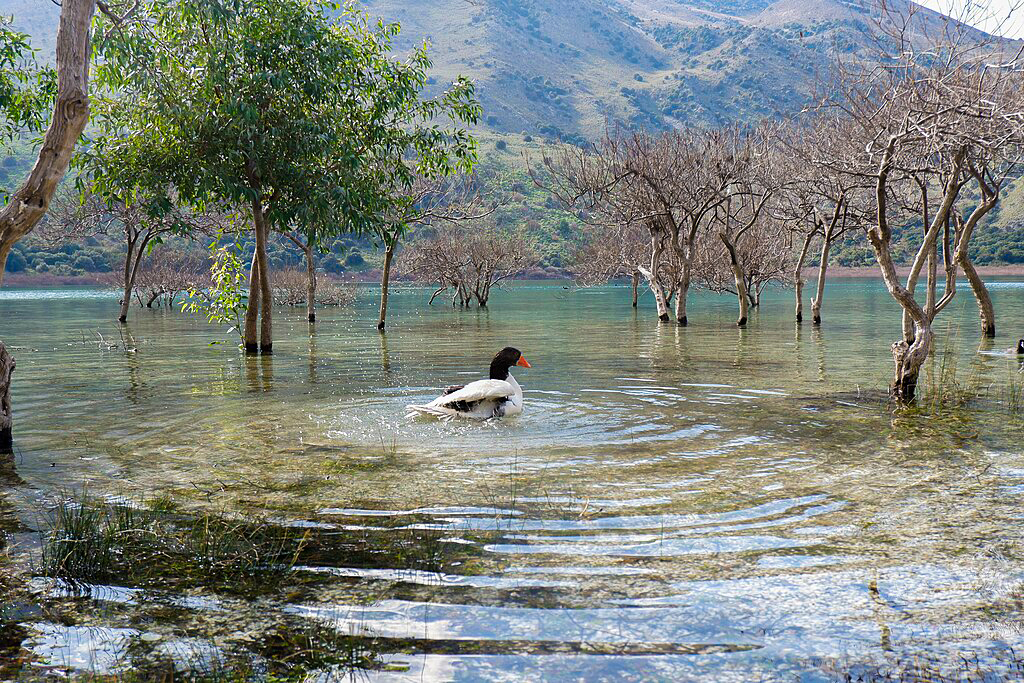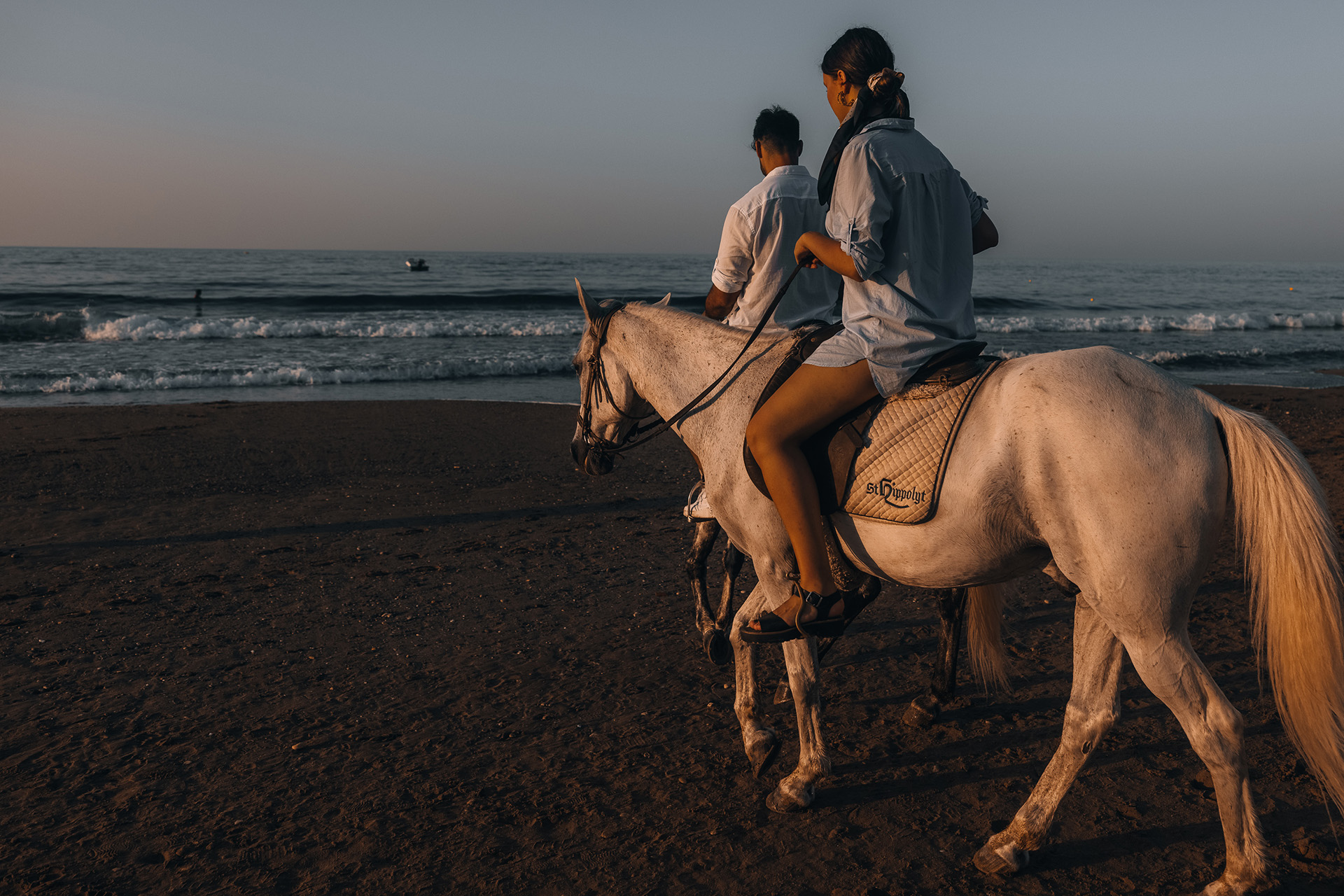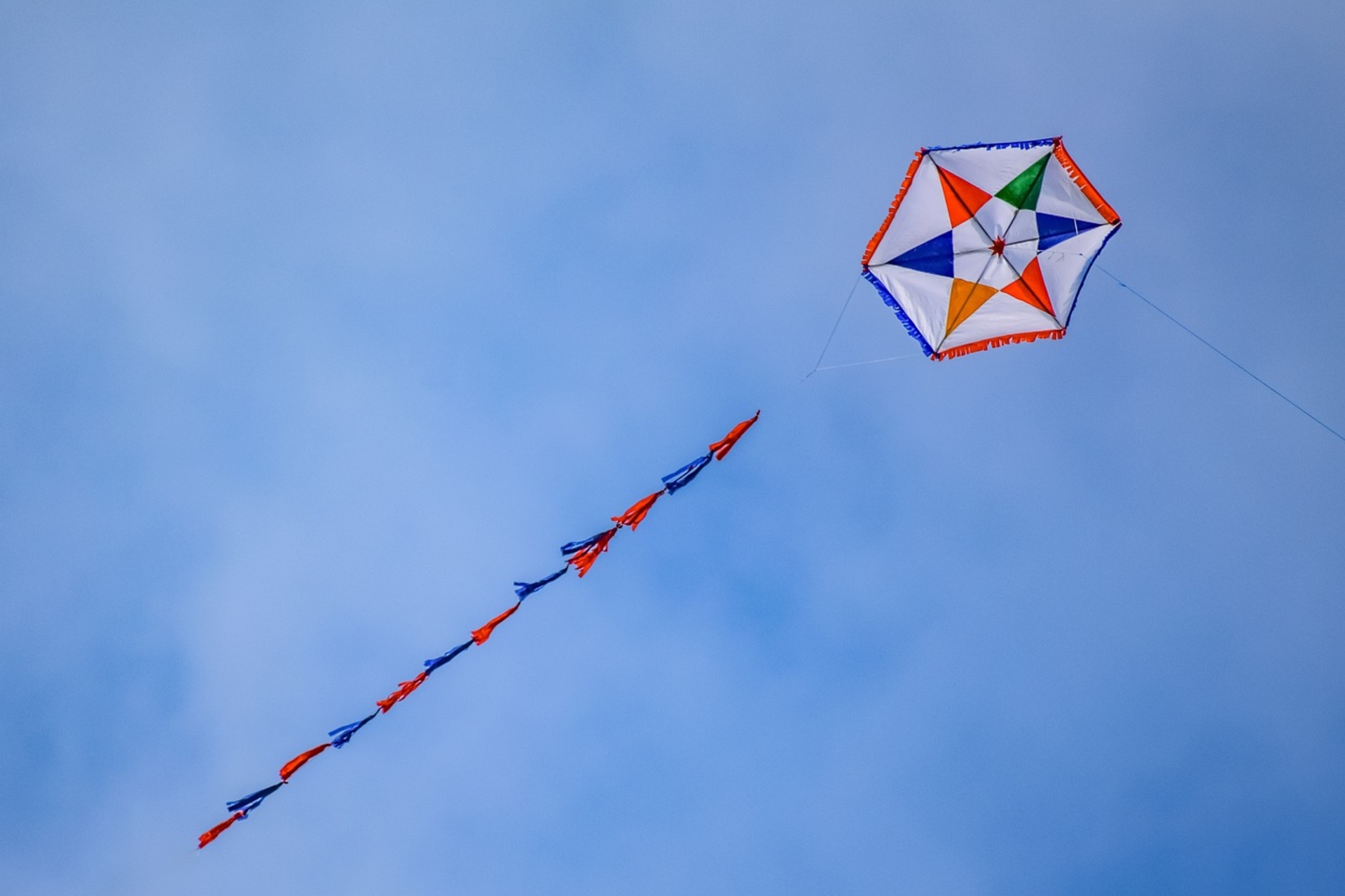Bird Watching in Crete: A Nature Lover's Guide Crete is not only famous for its…
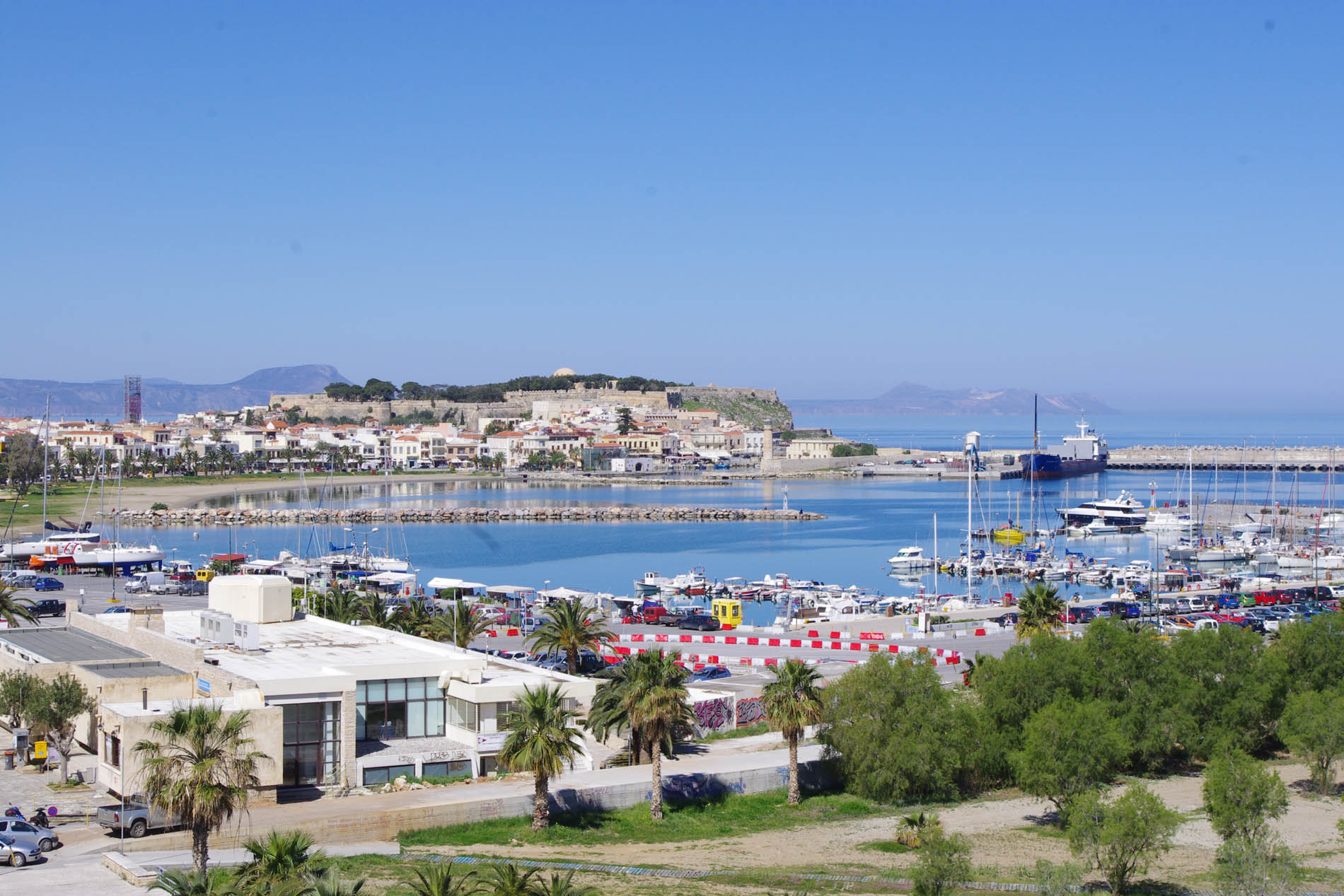
Beyond Georgioupolis: Best Things to do in Rethymno
Things to Do in Rethymno
There are always attempts to list the best things to do in Rethymno, each depending on travelers’ likes. First-time visitors to Rethymno will find this Cretan pearl fascinating.
Like elsewhere on Crete, a mesmerizing mix of modern and heritage envelops the city with a certain charm, and the tourist will always feel the need to follow the beaten path before he adventures off to discover the city’s lesser-known facets. All travelers begin the journey close to their hotels, and almost all head to the Fortezza first. But there’s so much more to discover: enchanting countryside, traditional art, off-road adventures, oil factories, shopping, and yes, dining.
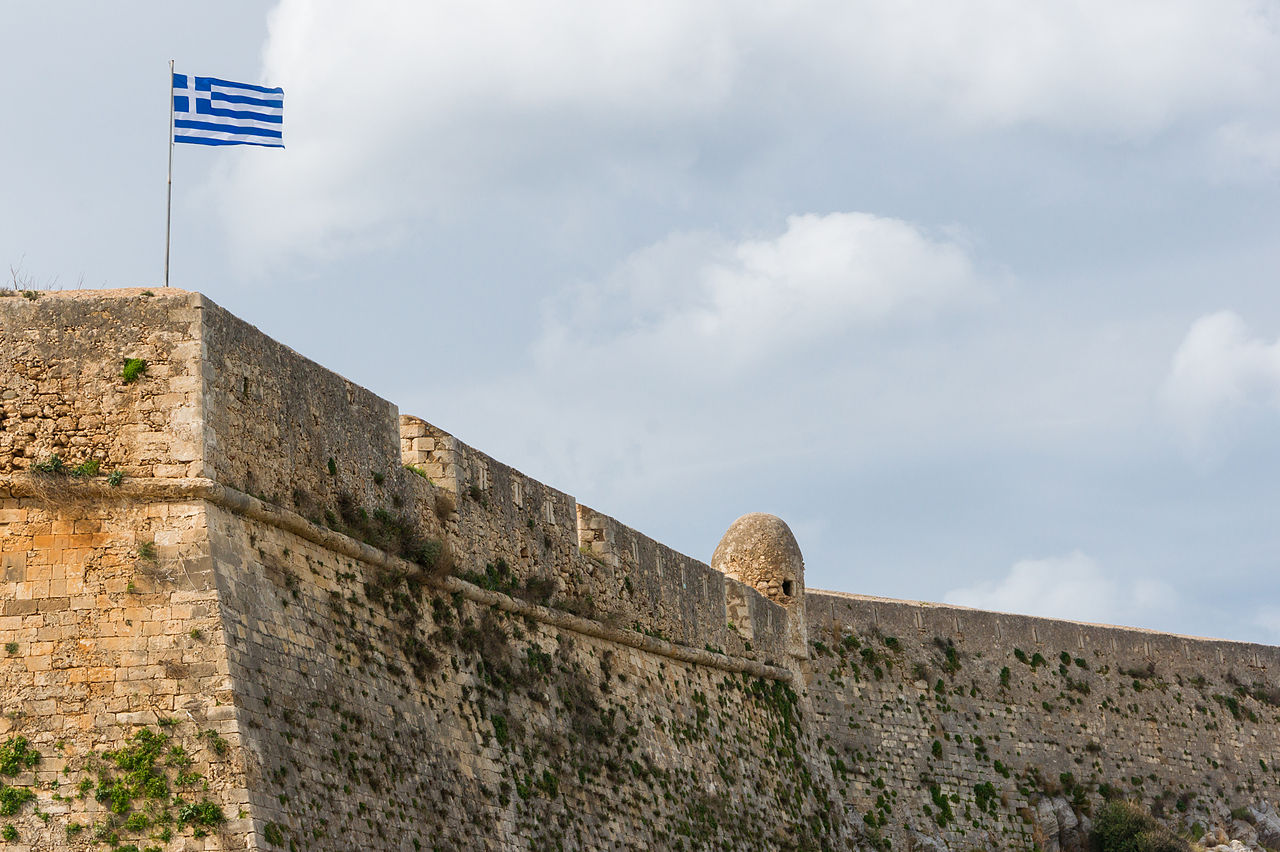
The foundation of Fortezza dates from 1573, when it was laid by the Venetian Rector Alvise Lando. This imposing structure protected the locals till 1646 when the city was conquered by the Ottomans. Visiting it is stepping back in history, with many important landmarks still surrounded by its walls, some open to the public, others inaccessible: Santa Maria Bastion, the late XIX century Orthodox church of Agia Ekaterini, the XX century Erofili Theatre, the Archaeological Museum of Rethymno, and several others.
If you remain on the beaten path, other attractions you will see in Rethymno include the Venetian Loggia built by Veronese engineer Michele Sanmicheli; Agios Frangiskos – the Venetian church of St. Francis; the Nerantze Mosque, also known as the Gazi Hussein Mosque, converted from a Venetian monument, the Augustinian church of the Holy Virgin; the Historical and Folklore Museum of Rethymno was founded in 1973 by Faly G. Voyatzakis and Christophoros I. Stavroulakis, housed inside a Venetian town house of the XVII century; and the Museum of Sea Life on Arabatzoglou Street. The Old Town’s Center for Byzantine Art is not far from the Nerantze Mosque, and the Historical and Folklore Museum is next door too. Art lovers should also visit the Municipal Gallery, which is situated beneath the Fortrezza and the Archaeological Museum.
But some of the best things to do in Rethymno are off the beaten path. For art lovers, Nikos Siragas Wood Art Museum can be a very interesting stop. It even offers wood art classes for beginners, in addition to showing the works of Greece’s only internationally featured wood-turning artist. There are several other small art galleries you will discover in your walks. All of them offer authentic art for sale – a great opportunity to leave Crete with a souvenir of great value.
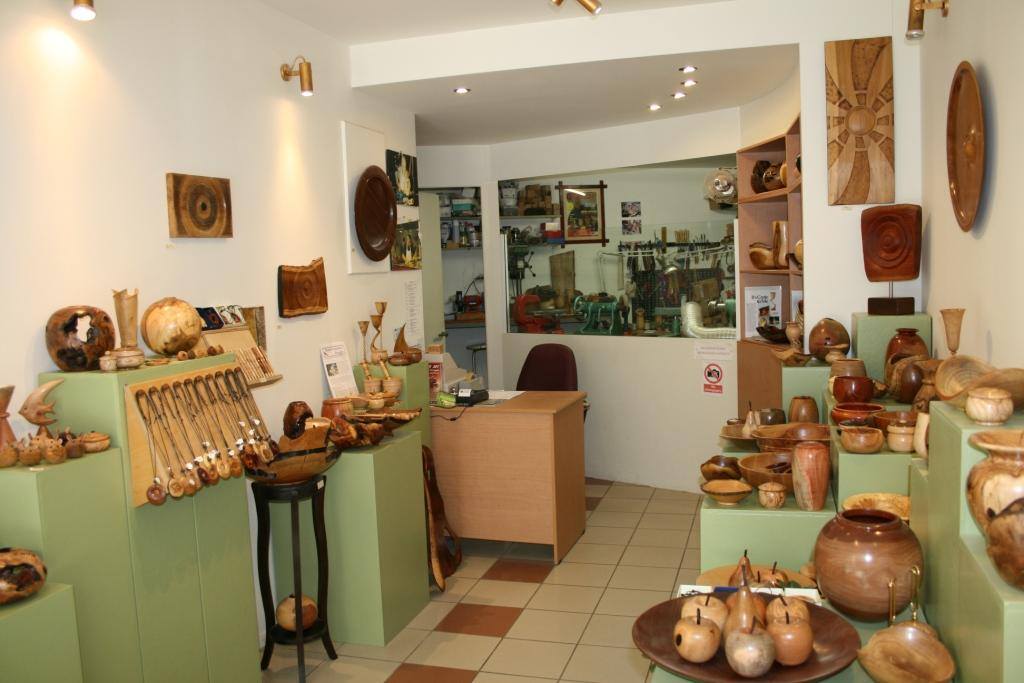
For active travelers, we recommend off-road adventures with Discovery Safaris. They have Jeep Safari tours, jeep excursions with a picnic lunch, and quad and buggy safaris on a route that heads up to the mountains. These are the kind of activities that allow you to discover the countryside, the wildlife, and the traditional 11th to 12th Cretan villages that are usually not on the map.
Or, to learn about the true gold of the island, visit an olive oil factory – for instance, the Paraschakis Family Olive Oil Factory. Although located in Melidoni, Municipality of Geropotamos, about 27 km from Rethymno, it is well worth the day trip.
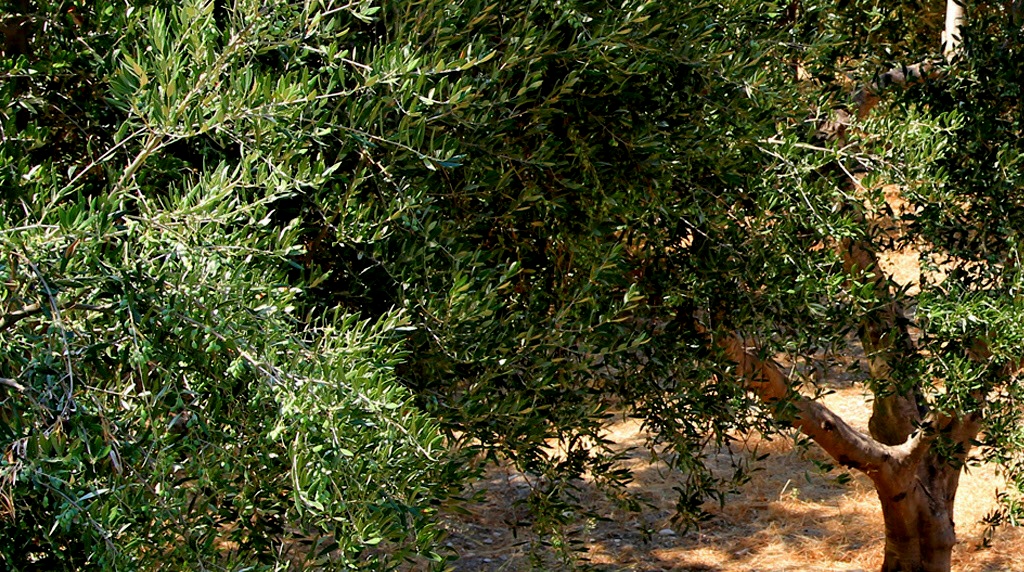
Of course, the alluring beaches of Rethymno are in their vast majority Blue Flag beaches, with accessibility for people with disabilities, and equipped with modern amenities that make a day under the Cretan sun truly comfortable and memorable. But if you want something out of this world, adventure in the mountains, for far more fascinating landscapes and spellbinding wildlife. The gorges of Rethymno, some with steep rocky walls, difficult to climb, attract many mountaineers. These are perfect for hiking, and mountain biking. Take a hike through the Kourtaliotis canyon, following the river, to find Lake Preveli, and its amazing palm forest. Look up to see the vultures and watch your step for this is the habitat of protected water-turtles. The Swallows’ Canyon is even more enticing on the hike from Drymiskos to the Drymiskiano Ammoudi beach. Rest in a local taverna, and try a glass of raki and their homemade food.
Last, but not least, remember that the Minoans were making wines in 1600 BC, so visit a local winery too: just 20 km from Rethymno, in Mylopotamos, you will find the Klados Winery, well known in the region for their Vidiano and Vilana. Kotsifali, Liatiko, Vidiano, and Vilana are local wine varieties.
One last tip: if you are exploring the island by bicycle, here’s a map marking the Cycling Routes of Rethymno.

